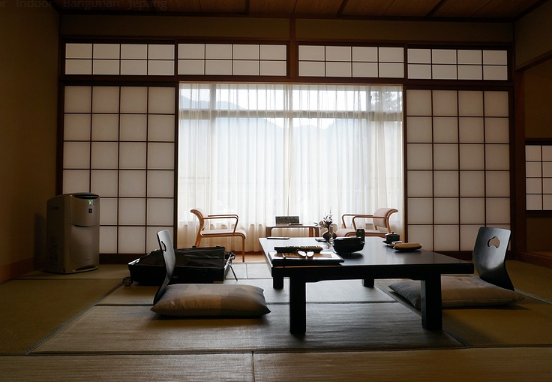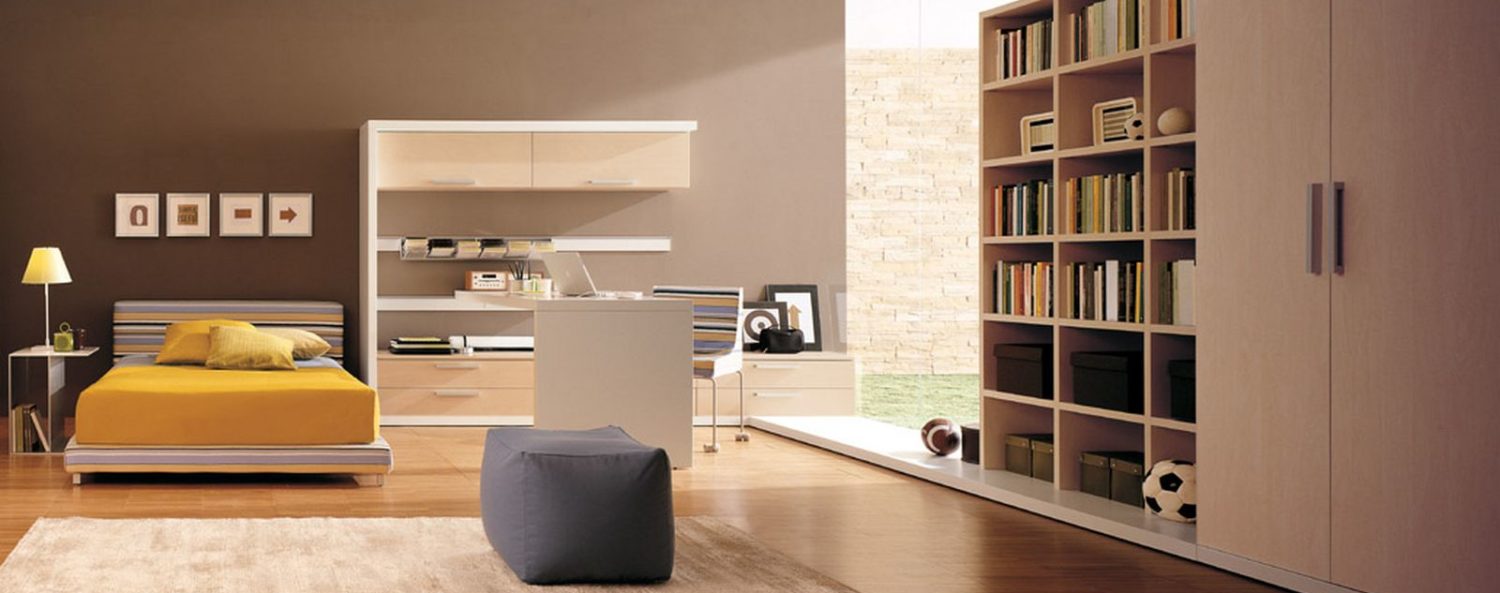 Japanese interior design is simple and beautiful. Even so, there is a world of possibilities to explore. Â I hope you enjoy what I have to share, but please be sure to click here to learn even more about Japanese design possibilities.
Japanese interior design is simple and beautiful. Even so, there is a world of possibilities to explore. Â I hope you enjoy what I have to share, but please be sure to click here to learn even more about Japanese design possibilities.
The Japanese race consists of intelligent and strictly competitive people. Their pioneering innovations in philosophy, literature and technology are remarkable. They have an admirable sense of history, a devoted involvement with the present and most importantly, they are prepared for the future and are already conquering it while other races are still waiting for a miracle. Plunging in their culture through their contemporary works of literature is an awe-inspiring experience. Japanese writers know how to be vivid yet controlled with their words. Abe and Mishima can catch you off guard with their pen and strike you blind with their genius. Their culture unleashes that rarest form of beauty from noble austerity and restraint. This is profoundly manifested in their way of living; how their houses are built and how they navigate through them in their daily lives.
Minimalist Interiors
Japanese interior design is characterized by straightforward lines and forms as well as a clutter-free concept. Its strong suit is finding the focal point of a design and illuminating it with simple background elements. There is a need to enforce limits in the designs unlike in Western interiors when the more elements you display the better your house looks. The Japanese minimalist concept looks into showcasing one distinct element for a season and another element for the next as a sort of rotation so the need to pile up trinkets and art works in an area is lessened thus clutter and stuffiness is avoided. When you look at a picture of a Japanese interior, you might think it is bare but stare closely and you will be able to appreciate the order and beauty it exudes.
Colors for a Japanese-Inspired Design
When it comes to colors, there is a strict rule to implement. Striking colors are used in interiors however, they are assigned as accent pieces only; a means to break the monotony of earthy colors that are abundant in nature. Take the flag of Japan as an example, the striking red circle at the center is the shape that dominates and the rest is white tranquility. The solid colors red, orange and blue can be applied in art pieces, vases, sculptures and the like. They are dispensed minimally, one or two pieces in each area to uplift the neutral toned surroundings.
The major colors, black and white are often used because of their clean and rigid effect. They create geometric lines that define the structure of any design in the interior. Notice the shoji screens that are distributed all over a Japanese house. They are made up of repetitive horizontal and vertical lines intermingling and are usually in black and white. The interior and exterior doors made of shoji depict a strong design element that binds the look of the entire house and gives it that cohesive and strongly consistent Japanese theme.
Structural Elements
The interior architecture of a Japanese house is mainly defined by linear elements. The wide ceiling made up of indigenous materials is broken into separate parts with the use of wood beams. The Shoji screen doors slide horizontally and separates each area of the house. The architecture has a certain element of fluidity to it. When all the doors are opened which is done frequently, it suggests a natural flow of energy in and out each areas. The layout is open and permits the intermingling of the interior with the outdoors as shown in the pocket gardens and indoor water features.
Balance and Contrast
These two elements are evident in a successful implementation of Japanese interior design. The contrast between elaborate weaves of the wicker chairs in a sofa upholstery and cushions, enhance the overall look of the furniture. Tatami platform beds with coarse texture blend well with their dark wood frames. A long uniform wall made of lattice work and paper can be interrupted by an alcove with a glossy, red lacquered cabinet displayed.
The terms yin and yang comes to mind when we consider balance of the positive and negative energies encircling our surroundings. This oriental concept is visible with the harmony of design elements inside a house. Symmetric and asymmetric balance can both work in a Japanese interior. Plants with random heights can coincide with uniform bamboo wall details. The water feature in the garden with bamboo and scattered flat stones as pathway may seem chaotic but with the carefully selected locations for these details, they can effectively create a serene and refreshing ambiance.
Fusion of Japanese Elements and Modernity
It does not seem far-fetched that the Japanese way of home decorating can be incorporated in today’s modern interior design. As a matter of fact, Japanese design elements are the perfect ingredients in providing a contemporary home with a much needed design make-over.  For one, these elements are practical and efficient. If the simple layout is adapted in current condominium buildings, then the areas can be more homey and spacious. There are hundreds of real estate developers that build pools and open recreational areas that imitate the look of a traditional Japanese garden. Hotels and other hospitality establishments have embraced Japanese interior design in their rooms and suites because tourists respond well to it. Hotel owners also save money because they don’t have to build and purchase a lot of design elements and adornments for their rooms.
